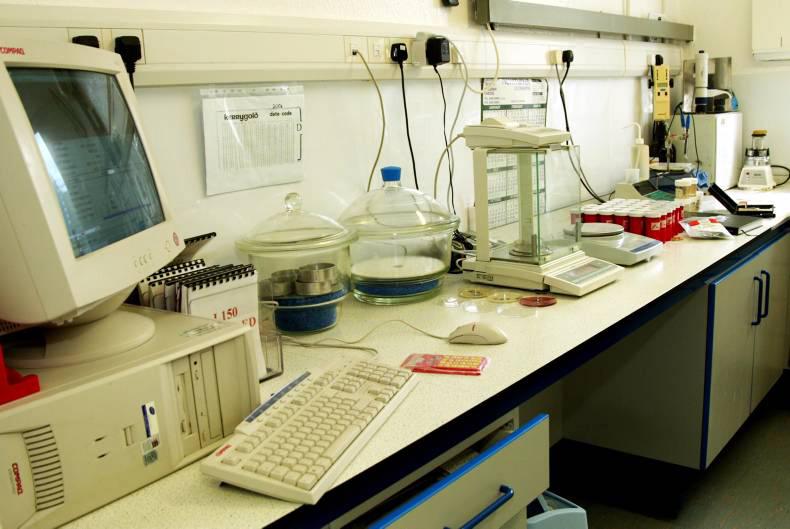As reported in MeatInfo.co.uk, Professor Mark Post of Maastricht University, who grew the world's first stem cell mincemeat burger in August of 2013 at the cost of £215,000 (€296,670) has said he can now grow the same burger for £10 (€13.80).
Speaking at an Australian cattle farming event, Professor Post said he believed technology advances meant there could be a viable industry growing meat in this way within 20 to 30 years.
He added that this sort of commercial enterprise would provide genuine competition to beef mince manufacturers.
The stem cell burger, which was cooked and eaten at a news conference in London in 2013, was made from cells of a cow that were then turned into strips of muscle to create a patty. Currently growing anything other than burger mince is not possible because blood flow is required to grow whole muscles.
One food expert who tasted it at the time said it was "close to meat, but not that juicy" and another said it tasted like a real burger.
According to an independent study published in the Environmental Science and Technology Journal, lab-grown beef uses 45% less energy than the average global representative figure for farming cattle. It also produces 96% fewer greenhouse gas emissions and requires 99% less land.
However, it is unclear whether consumers will want to eat meat grown in a laboratory.
For example a spokeswoman from McDonald’s told Meat Traders Journal it had ruled out selling lab-grown burgers. “McDonald’s will not be using this product,” she said. “Our customers want us to serve good food made with quality ingredients, and they like us to buy as much as we can from local farmers and suppliers.”






 This is a subscriber-only article
This is a subscriber-only article





SHARING OPTIONS: